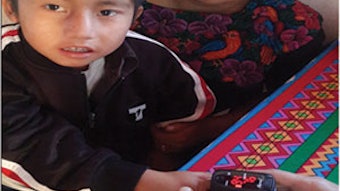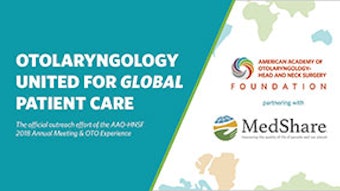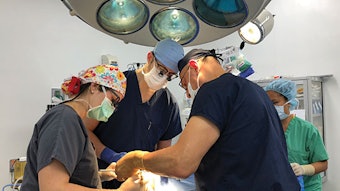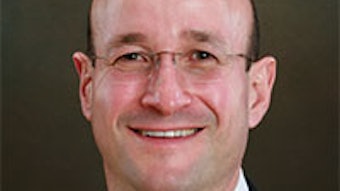Be part of the solution
The Academy and Foundation Boards of Directors made a commitment consistent with our mission to expand significant resources to upgrade our patient education and information programs through the creation of a dedicated website designed to help our patients access the best information possible about their medical conditions.
 James C. Denneny III, MD
James C. Denneny III, MD
AAO-HNS/F EVP/CEO
I was reminded recently of the complexity of providing patients who have diverse cultural needs and problems with the knowledge that they need, in a form they can understand, so they can successfully complete the journey from recognition to resolution of a health problem. A patient-centric resource such as ENThealth.org, no matter how well-constructed, is only an adjunct on the diagnosis and treatment pathway. I had the privilege of hearing Susan Sheridan, MIM, MBA, DHL, speak on “Improving Diagnosis in Medicine: The Patient’s Perspective” at the Council of Medical Specialty Societies spring meeting in Chicago, IL. Ms. Sheridan has held positions related to patient engagement with the Patient-Centered Outcomes Research Institute, the World Health Organization, and CMS, and is currently Director of Patient Engagement at the Society to Improve Diagnosis in Medicine. As someone whose family has suffered two tragic episodes of misdiagnosis, she highlighted the impact of diagnostic errors in the United States. I was surprised that, despite considerable effort to improve the situation, diagnostic errors still affect more than 12 million adults in the outpatient setting each year, and 40,000-80,000 Americans die each year from diagnostic failures in U.S. hospitals. According to the National Academy of Medicine, a “diagnostic error” is the failure to establish an accurate and timely explanation of the patient’s health problem or communicate that explanation to the patient. The ECRI Institute considers diagnostic errors the number one patient safety concern for 2018. Unfortunately, diagnostic errors are often difficult to identify contemporaneously and are often recognized only after the fact.
The major focus of Ms. Sheridan’s presentation was the systematic involvement of the patient and/or their family throughout the “diagnostic journey,” beginning with the engagement of the system and continuing to the outcome, including any analysis of the progress. It is clear that both physicians and organized medicine need to take a more proactive approach if we are going to make a credible move toward eradicating the problem of misdiagnosis. She offered multiple recommendations that could be implemented by both physicians and medical societies that would improve the process of making and communicating an accurate diagnosis. These included some basic steps such as inviting patients and their families to participate in the diagnostic process; stressing the importance of an accurate and complete history and physical exam; discussing diagnostic options, including risks, benefits, and costs; using open notes; encouraging patients and family members to collect test results; and being willing to talk about uncertainty with patients.
Additionally, it is important to help patients identify concerning and potentially dangerous symptoms and how to report them to their physicians, to recognize the critical nature of a triage staff properly trained to identify symptoms requiring additional action by the provider, and to steer patients to credible educational sites. Ms. Sheridan believes that specialty societies have the additional roles of working with patients to improve the diagnostic system, creating usable patient information materials, and involving patients in the development of practice guidelines and meaningful measures that matter to them.
We will be incorporating a number of these suggestions into ENThealth.org, which will be designed to better equip patients to identify conditions and symptoms that warrant additional action on their part. We also plan to include interactive modules for patient-reported outcomes, the natural history of disease processes, and expected progress toward improvement that will assist patients in getting a complete picture of their problem. This will be accomplished as a collaborative effort that includes our specialty societies and patient representatives. I would encourage all of you to look at ways to be part of the solution to the misdiagnosis problem that is plaguing our healthcare delivery system.
















